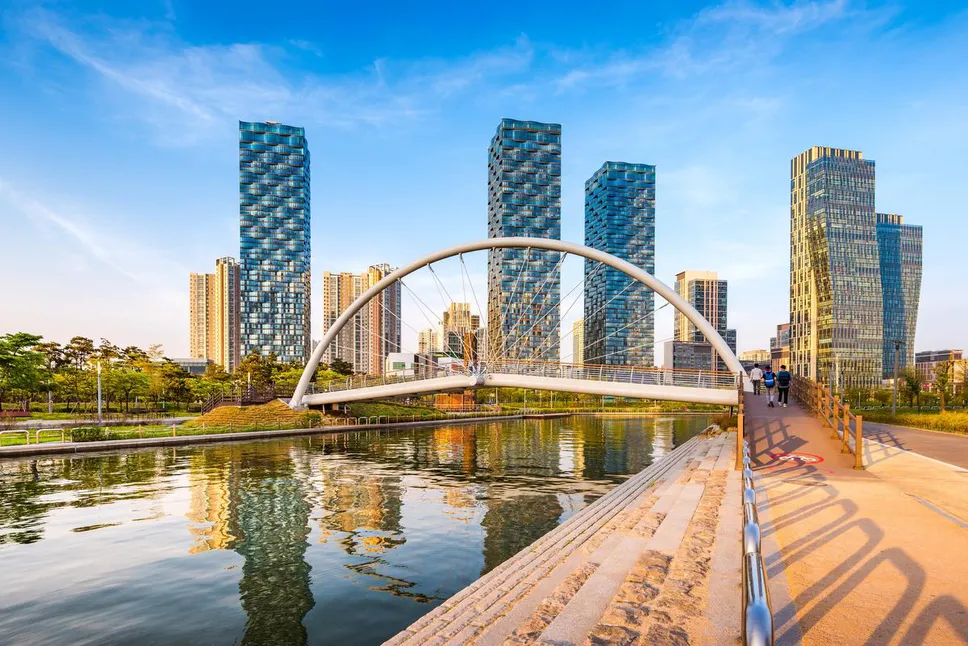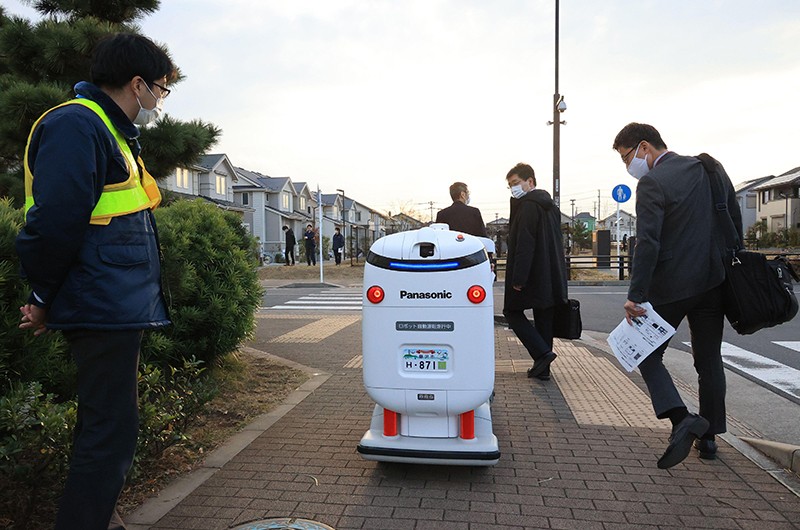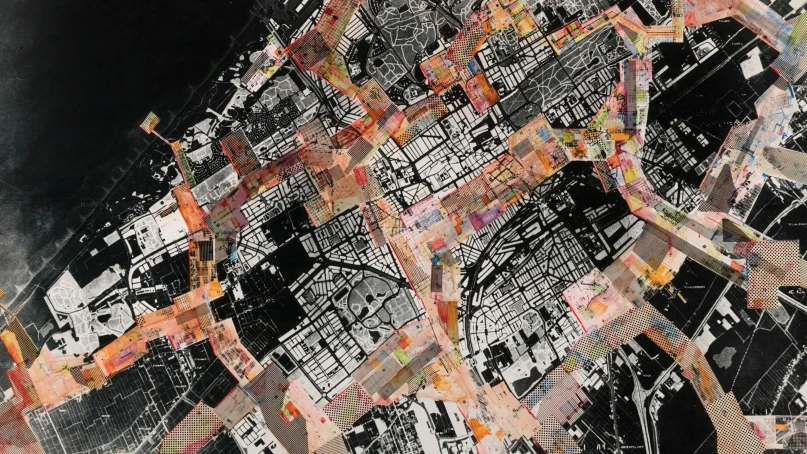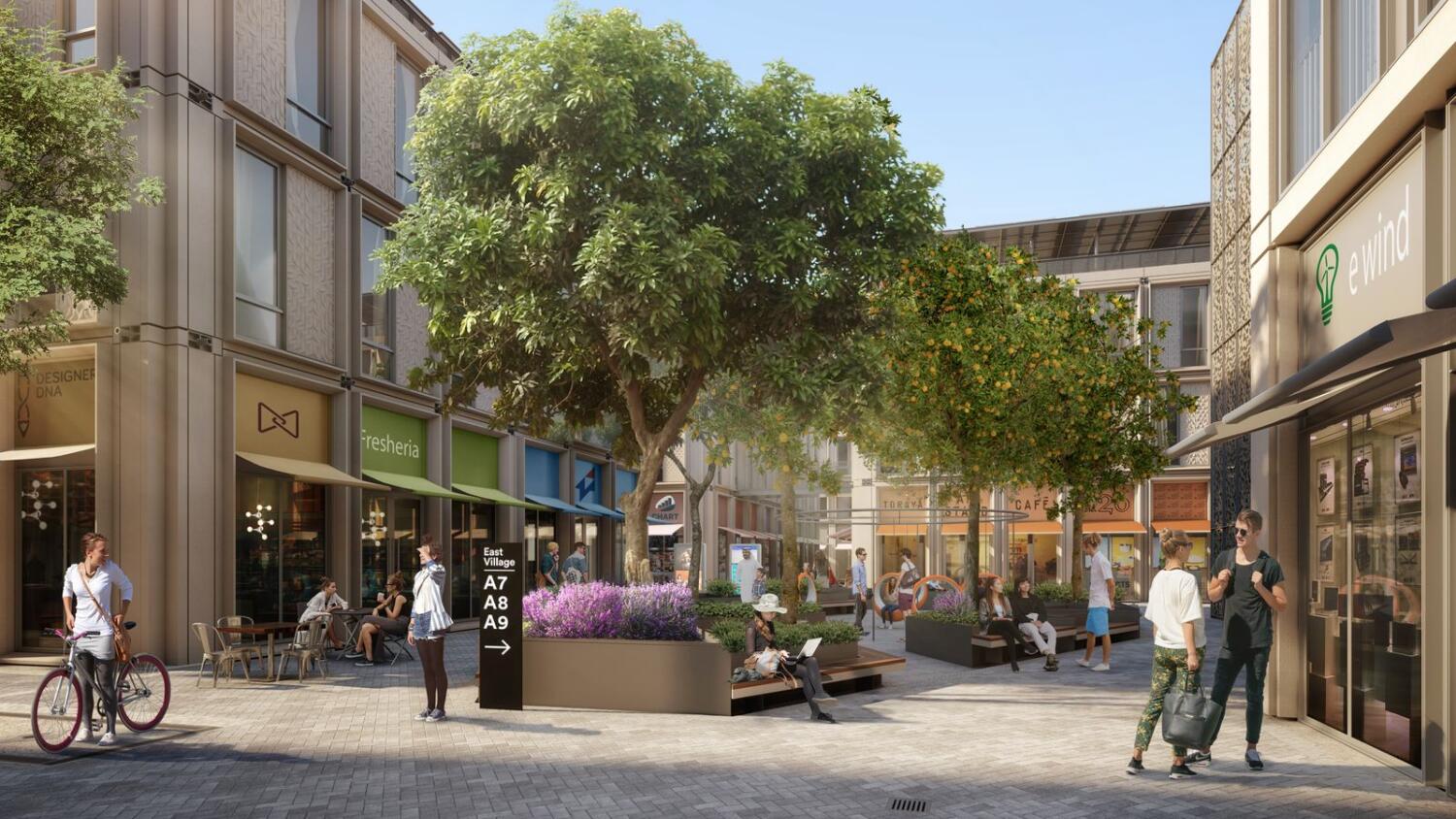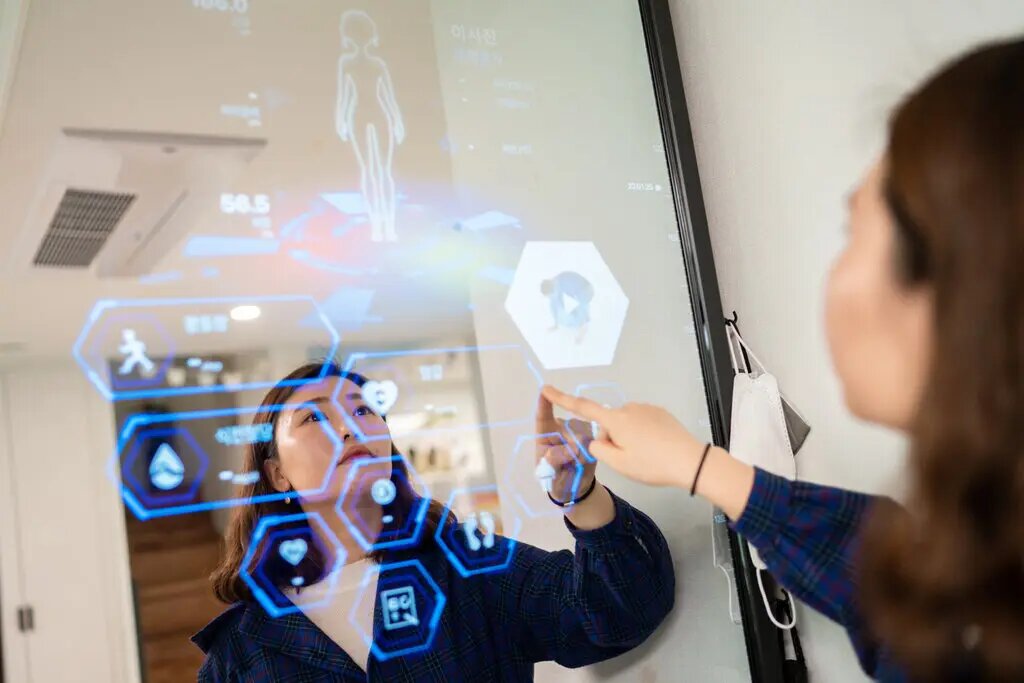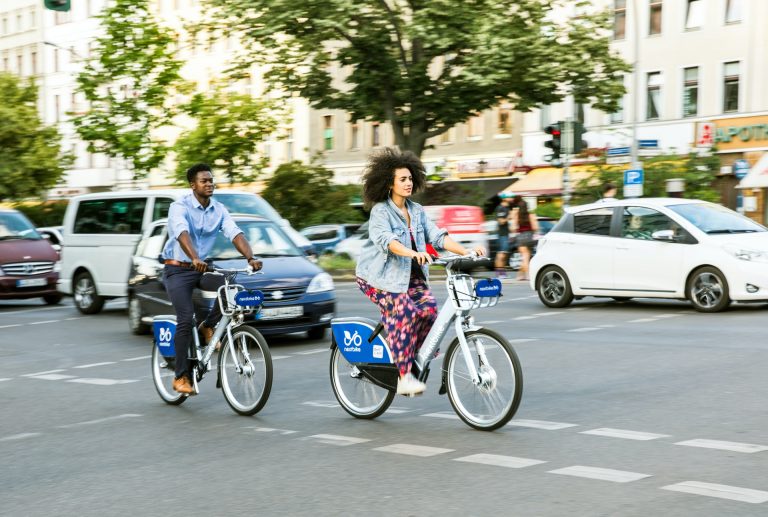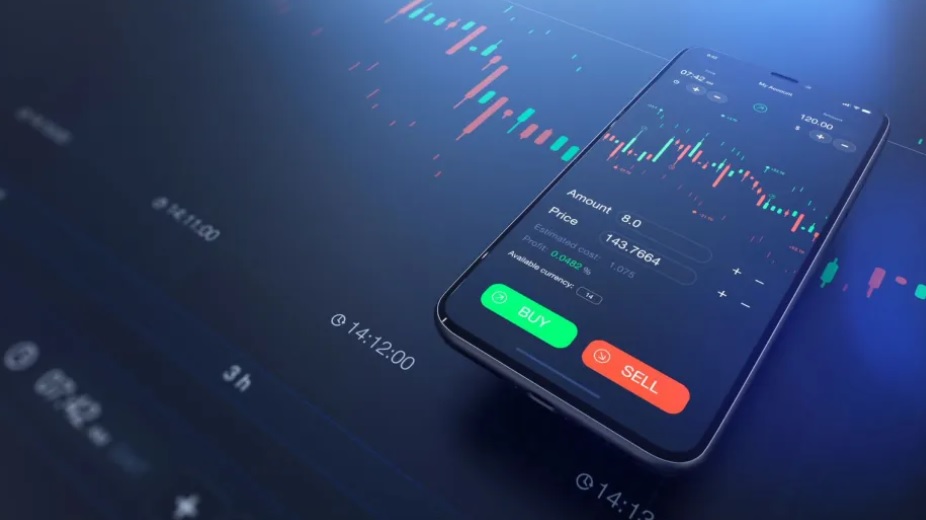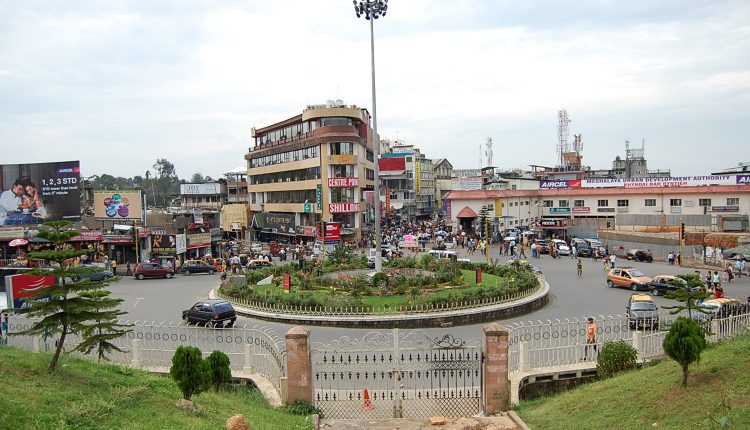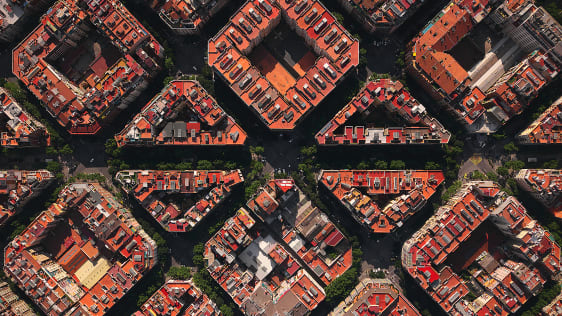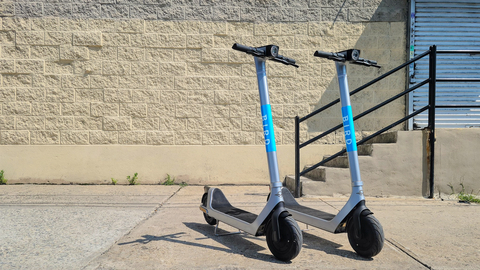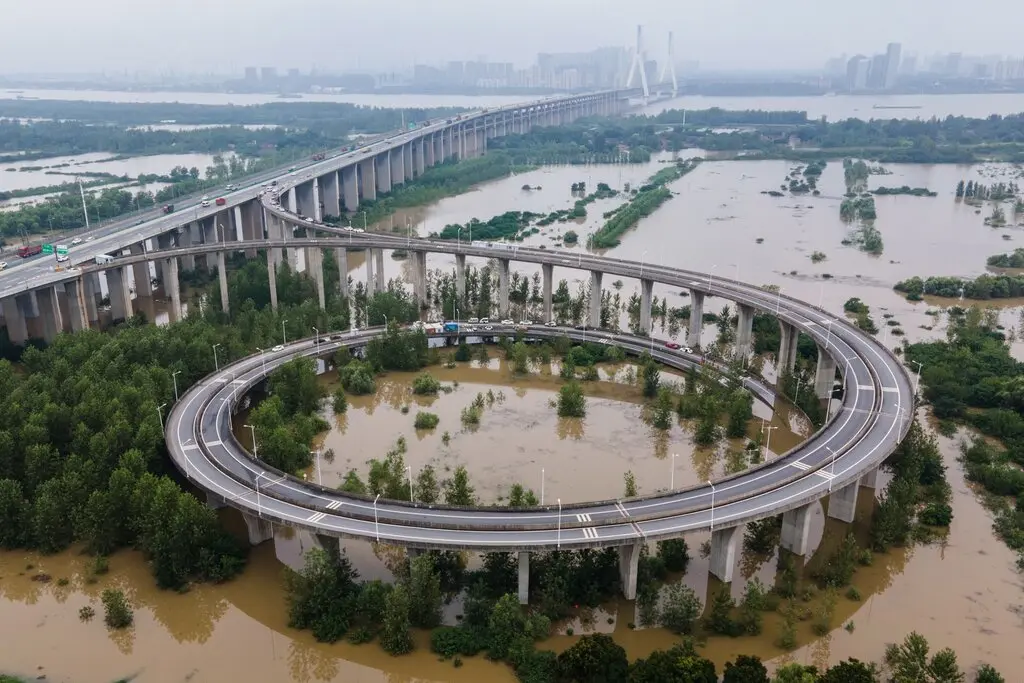
Retail, as we had traditionally known, has undergone sever disruption in the past decade, thanks to the advent and immediate popularity of e-retail, digital payments and door-step delivery. The COVID pandemic has further accelerated digital adoption across retail channels, including physical brick and mortar stores offering online order placements, and aspiring to create an omni-channel presence among a host of other digitized services.
The Indian retail market, which consists of the unorganized sector, including conventional family-run neighborhood shops, and organized retail, such as brick-and-mortar large retailers and online shopping sites, is the third-largest in Asia and fourth-largest in the world. The sector is expected to cross US$1.75 trillion (approximately INR 126 lakh crore) by 2026. The grocery sector accounts for half of India’s retail consumption, and kirana stores—conventional mom-and- pop stores, account for about 90% of the grocery retail market. The fast paced growth, is set to be driven by several factors, as pointed out by a report by Zinnov’s Digital Engineering in Retail study. As per the study, India is fast-becoming a retail test-bed, thanks to a large base of existing e-Commerce users (110 Mn), presence of retail Global Centres Of Excellence (GCoEs) (25+), a large number of start-ups focusing on retail tech (465+), and also significant digital talent (1/8th of the world’s digital talent is expected to be based in India by 2030).
+INFO: Geospatial World




